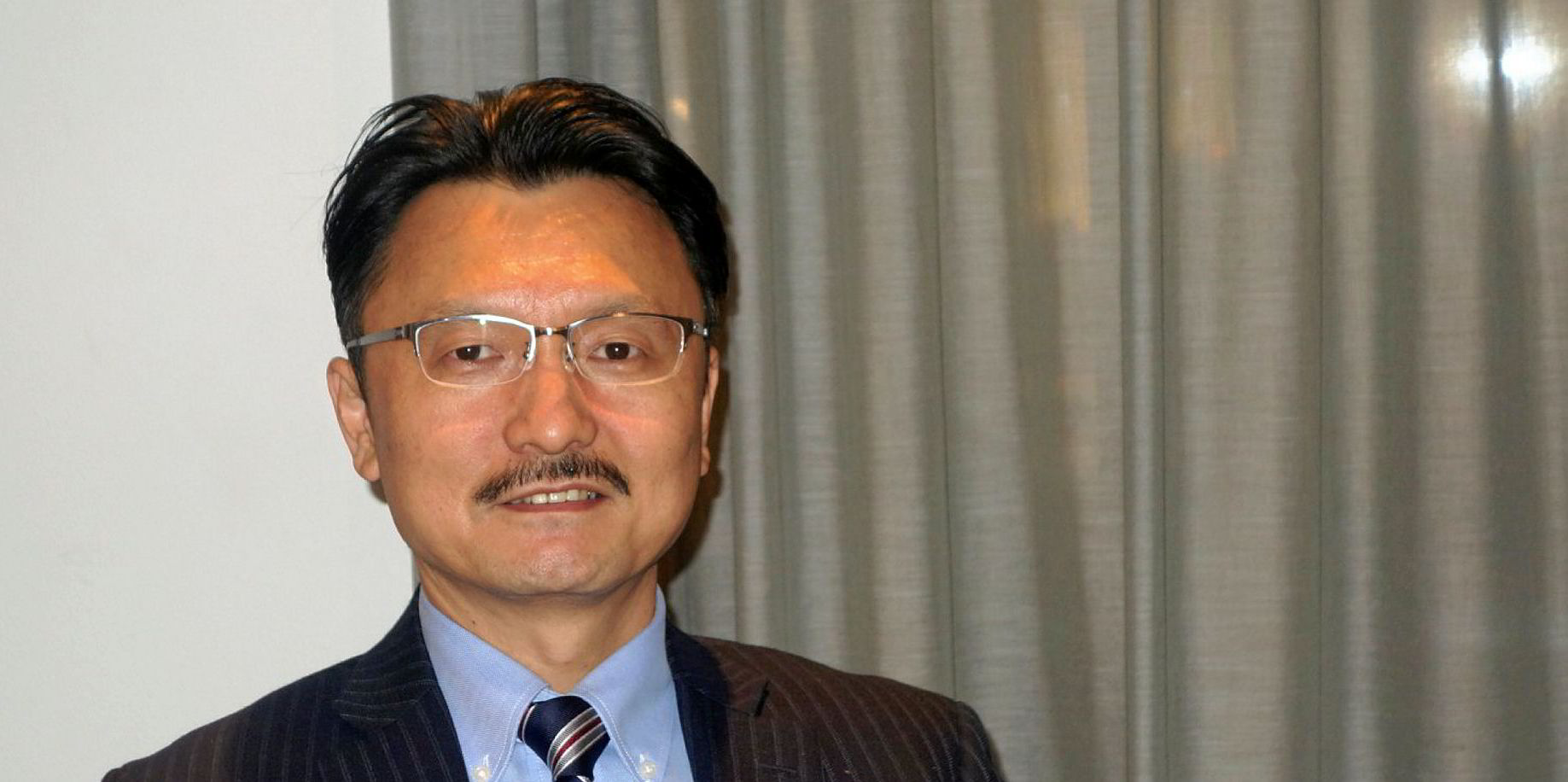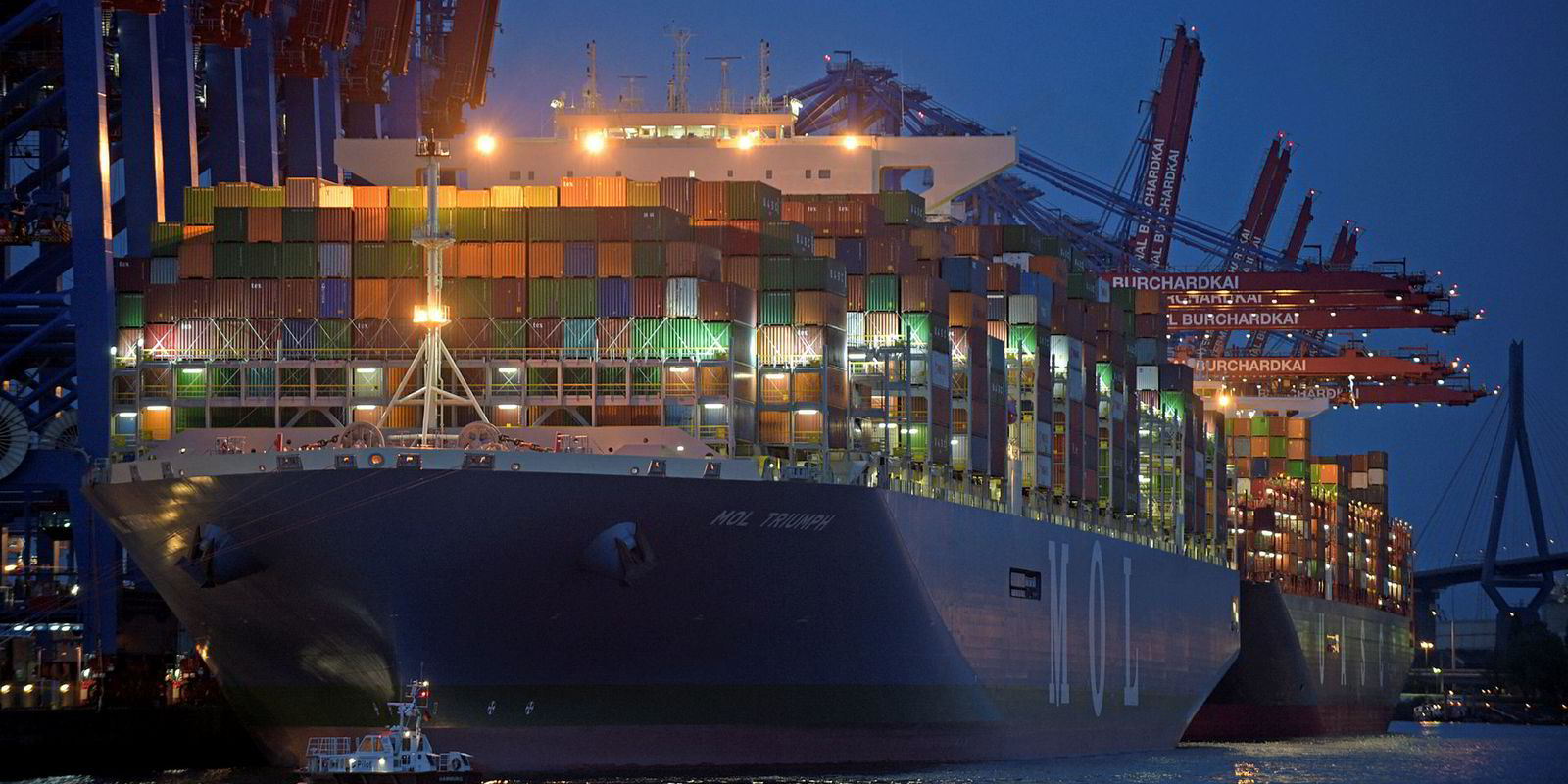Japan’s loosened immigration policy will allow the nation’s shipbuilding industry to improve its chance of hitting its global market share target in the next decade.
The Shinzo Abe-led administration has announced that — for the first time in Japan’s post-war history — it will grant visas to up to 345,000 foreign blue-collar workers across 14 industries from now until April 2024, amid an ageing and declining population.
Based on the scheme, the Ministry of Land, Infrastructure, Transport and Tourism (MLIT) has said the shipbuilding and marine sector would be able to recruit 13,000 foreign workers.
To increase their production and secure [the] workforce, the Japanese shipbuilding industry wants to have skilled workers from foreign countries
Tomohito Takeuchi
“To increase their production and secure [the] workforce, the Japanese shipbuilding industry wants to have skilled workers from foreign countries,” said Tomohito Takeuchi, international affairs office director with the MLIT’s shipbuilding and ship machinery division.
He said human resources are still lacking.
Read more
Tokyo aims to increase the global market share of Japan’s shipbuilding industry to 30% in terms of gross tonnage by 2025.
Third placed
Based on orderbook data from shipbroker BRS, Japan was the world’s third-largest shipbuilding nation with a market share of 24% at the end of 2018.
The visa quota can be used for foreign nationals who have been trainees in Japan regardless of their nationalities, as well as for those from a number of countries that have signed a memorandum of cooperation (MOC) with Japan, including China, Indonesia, Vietnam, Mongolia, Myanmar, Nepal, Thailand and the Philippines.
Based on the MOC, the visa applicants will need to pass skill tests in their home countries. Relevant skills may include painting, wielding and iron waxing, according to Japanese officials.
Depending on their skill levels, the foreign workers may bring their families to Japan, or apply for permanent residency and citizenship at a later stage. The visas will initially be valid for five years.
Aside from foreign workers, Takeuchi said Japanese yards are also seeking to increase productivity via automation, the internet of things and training programmes for domestic workers.
“Every big company tries to get into more automated technology," Takeuchi said. "At the same time, they [still] need their skilled workers. They want to enhance productivity and enhance human resources.”
Younger workforce
While the new policy’s overarching goal is to tackle Japan’s demographic crisis, Takeuchi pointed out that the Japanese shipbuilding industry has managed to renew its labour force in recent years.
According to government data, the proportion of yard workers aged 50 or above fell to 16% in 2018 from 50% in 2007. Those aged between 30 and 49 accounted for 50% in 2018, versus 23% in 2007.
The number of Japanese yard workers totalled 65,935 in 2018, marginally down from the 66,968 in 2007.
“On a [very] long-term scale, the labour force is reducing, but recently the number hasn’t changed much,” Takeuchi said.
Hiring foreign workers may also reduce average labour costs in Japan, which some industry officials believe are higher than in China and South Korea — the world’s number one and two shipbuilding nations.
That said, to avoid exploitation of foreign workers by paying them overly low wages, Tokyo would allow newcomers under the scheme to change jobs under some conditions, the Japan Times reported.
In addition, Tokyo would spend ¥22.4bn ($209m) on multiple immigration measures, including more language education and consultation centres to help foreigners integrate with Japanese society.




